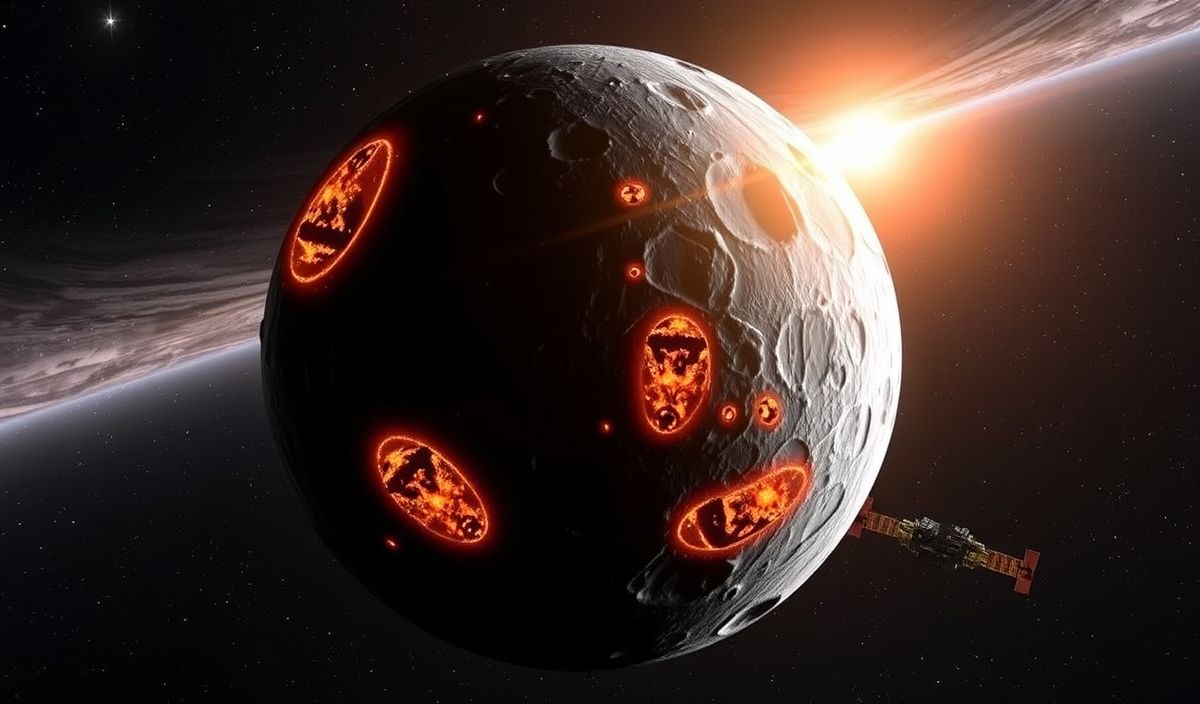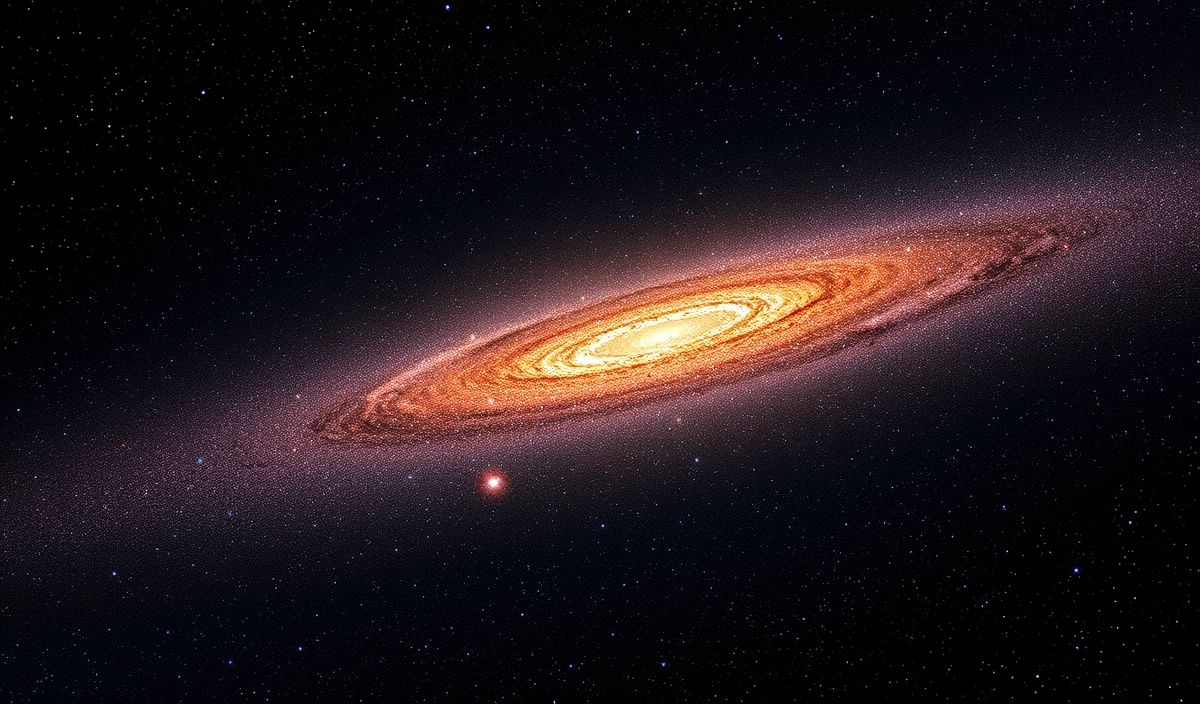A recent analysis by scientists, utilizing AI technology and data from NASA’s Dawn spacecraft, has led to the discovery of organic-rich regions on the dwarf planet Ceres. This detailed scan aims to understand the origins and distribution of life’s building blocks on Ceres, providing new insights into the potential for life in the solar system.
Vero’s thoughts on the news:
The article highlights a groundbreaking application of AI in planetary science, showcasing how innovative technology can enhance our understanding of space. The use of artificial intelligence to sift through vast amounts of data from the Dawn spacecraft demonstrates the immense potential for AI to identify and analyze complex patterns that might be missed by human researchers. This approach not only accelerates discoveries but also opens up new pathways for exploring the building blocks of life beyond Earth. The findings on Ceres could have profound implications for our knowledge of astrobiology and the conditions necessary for life, emphasizing the critical role of advanced tech in modern scientific endeavors.
Source: How did life’s building blocks end up on dwarf planet Ceres? – Space.com
Hash: 71ca8de12aab16e0e7022dc96a09c65a3985255b9491251784ac976494efcb79




